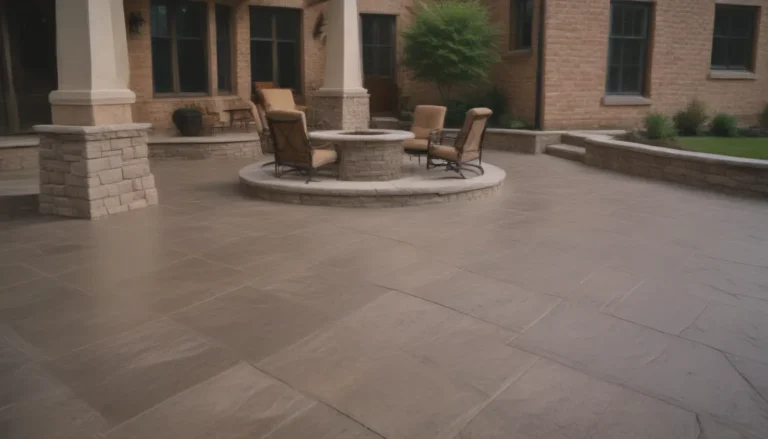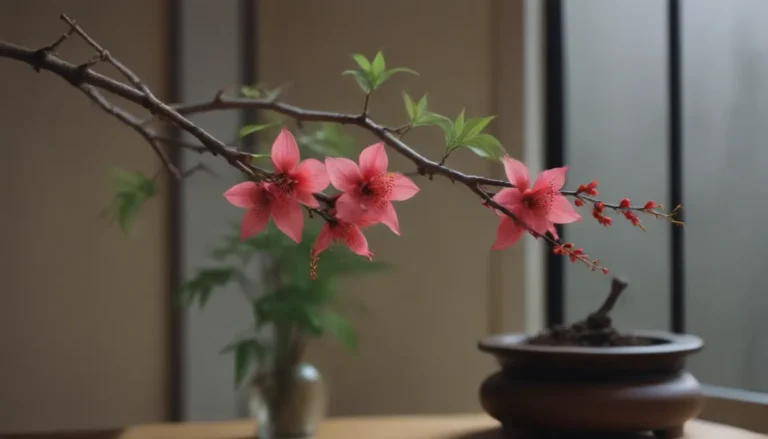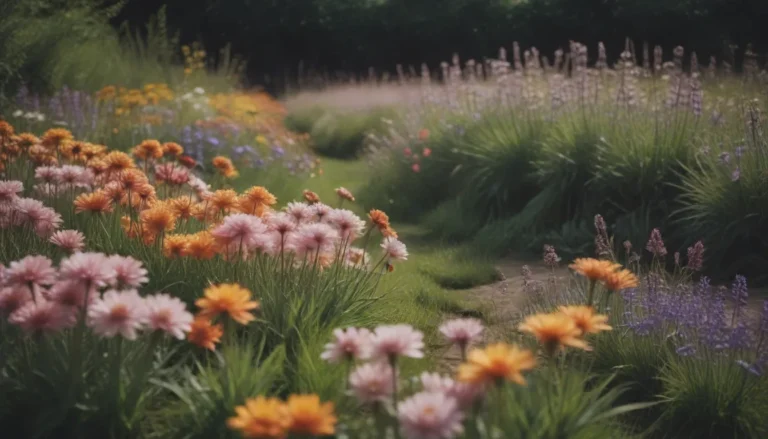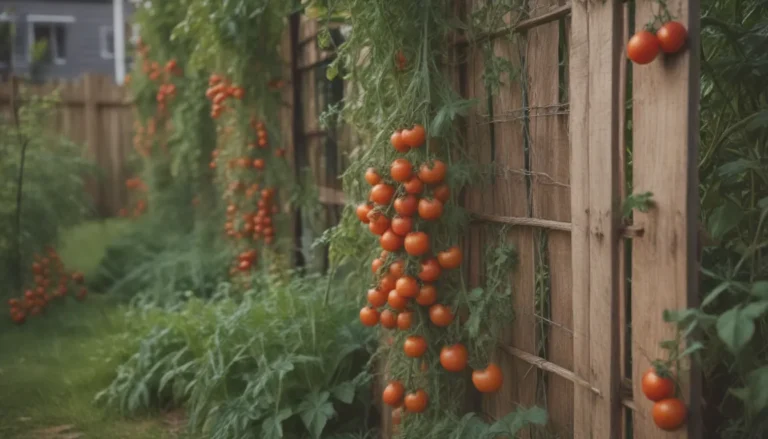The Ultimate Guide to Container Gardening for Beginners
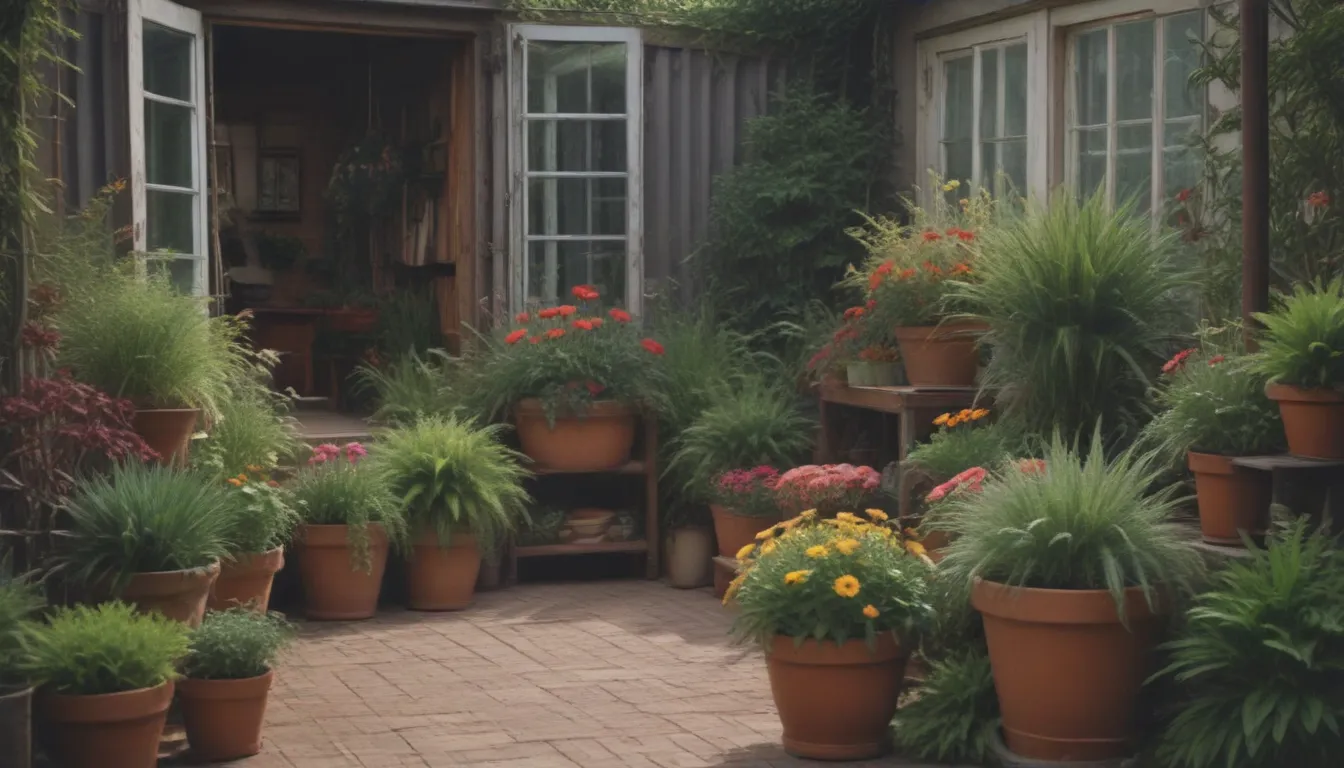
Are you eager to start a container garden but don’t know where to begin? Don’t worry, even without a yard, you can still enjoy the beauty of gardening. Container gardening is a fantastic way to bring greenery and life into your living space. Whether you’re a novice or seasoned gardener, there are always new tips and tricks to learn to ensure your plants thrive.
In this comprehensive guide, we will dive deep into the world of container gardening and provide you with valuable information to help you get started and succeed. So grab your gardening gloves and let’s get planting!
Essential Tips for Successful Container Gardening
-
Don’t Skimp on Drainage: Proper drainage is crucial for the health of your plants. Without adequate drainage, excess water can accumulate in the soil, leading to root rot and plant death. Make sure your containers have sufficient drainage holes to allow water to escape freely.
-
Evaluate Your Light: Understanding the amount of sunlight your containers receive is key to choosing the right plants. Different plants have varying light requirements, so it’s essential to assess your light conditions before selecting your green companions.
-
Feed Your Plants: Most potting soils lack essential nutrients for plant growth. To ensure your plants thrive, consider adding fertilizer to your soil. A combination of slow-release fertilizer mixed into the potting mix and regular applications of liquid fertilizer can provide your plants with the nutrition they need.
-
Make a List Before You Buy: Plan ahead and make a list of the plants you want for your container garden. Consider the size of your pots, the amount of sunlight they receive, and the overall aesthetic you’re aiming for. Bringing a photo of your containers to the nursery can help you make informed choices.
-
Plant Good Neighbors: Select plants that have similar light and moisture requirements to ensure they thrive together in the same container. Avoid mixing plants with conflicting needs, as this can lead to unhealthy and unhappy plants.
-
Read and Save the Plant Tag: Plant tags provide valuable information about your plants, including their care requirements, size, and growth habits. Keep these tags for reference when arranging your containers and choosing plant combinations.
-
Acclimate Your Plants: Give your plants time to adjust to changes in light, temperature, and water before placing them in their final growing location. This acclimation process is crucial for young plants and those transitioning from indoor to outdoor environments.
-
More Potting Soil, More Water Retention: While it may be tempting to fill your containers with lightweight materials, using more potting soil can improve water retention and provide a buffer for watering mistakes. Ensure your plants have enough soil to stay hydrated and healthy.
-
Accept that Plants Sometimes Die: Gardening is a learning process, and plant loss is inevitable. When a plant starts to decline, consider replanting, cutting back, or replacing it with a healthier option. Don’t be discouraged by plant loss—view it as an opportunity to learn and improve your gardening skills.
-
Garden How You Live: Container gardening requires time, attention, and dedication. Consider your lifestyle, preferences, and budget when planning your garden. Whether you prefer low-maintenance succulents, budget-friendly container options, or elegant arrangements, there is a container garden style that suits your needs.
Additional Tips for Container Gardening Success
Let’s explore some more tips and tricks to help you achieve a flourishing container garden:
-
Choose the Right Containers: Select containers that are appropriate for the size and style of your plants. Ensure they have drainage holes and are made of durable materials that can withstand outdoor conditions.
-
Use High-Quality Potting Mix: Invest in a good quality potting mix that provides adequate drainage and nutrients for your plants. Avoid using garden soil, as it can become compacted and hinder plant growth.
-
Water Wisely: Maintain proper watering habits by checking the moisture levels in your containers regularly. Avoid overwatering, as it can lead to root rot, and underwatering, which can cause plant stress.
-
Consider Seasonal Changes: Be mindful of seasonal changes and adjust your gardening practices accordingly. Some plants may need protection from frost in colder months, while others thrive in the warmth of summer.
-
Regular Maintenance: Keep an eye on your container garden and perform regular maintenance tasks such as deadheading, pruning, and repotting. This will help your plants stay healthy and promote new growth.
-
Experiment with Plant Combinations: Get creative with your container arrangements by mixing different plant sizes, colors, and textures. Experimentation can lead to stunning and unique displays that will enhance your outdoor space.
Conclusion
Container gardening is a rewarding and enjoyable way to bring nature into your home, even if you lack a traditional garden space. By following the tips and guidelines outlined in this article, you can create a thriving container garden that adds beauty and freshness to your surroundings. Remember, gardening is a journey of discovery and learning—embrace the process, experiment with new plants, and have fun cultivating your green oasis. Happy planting!
